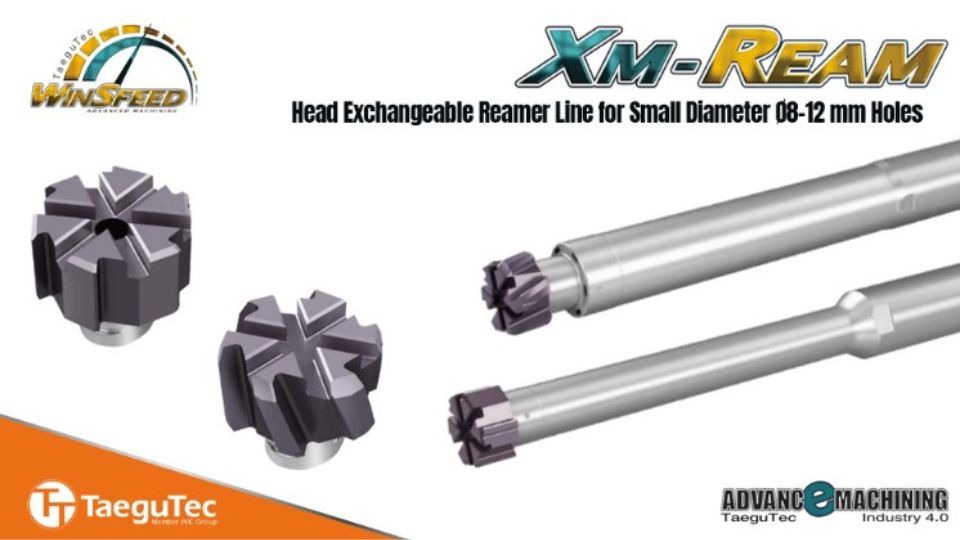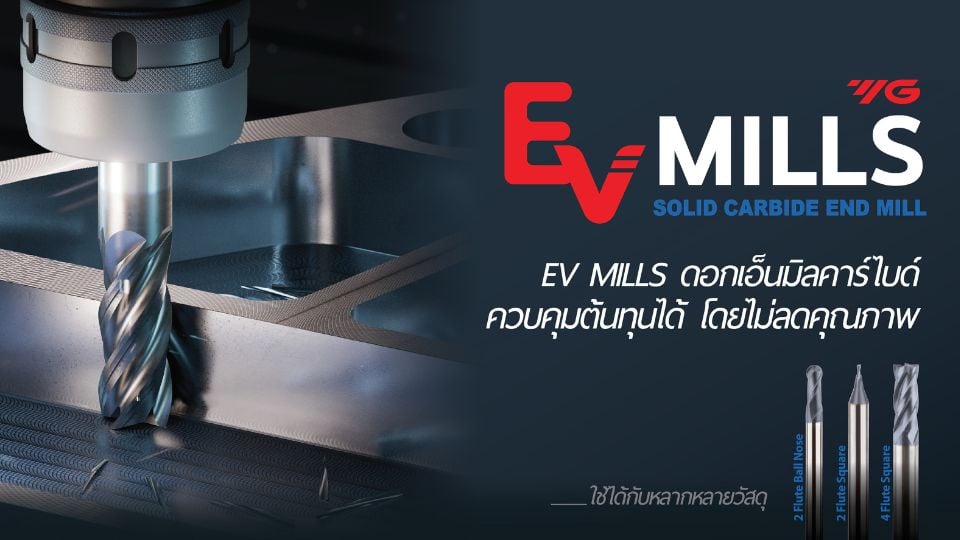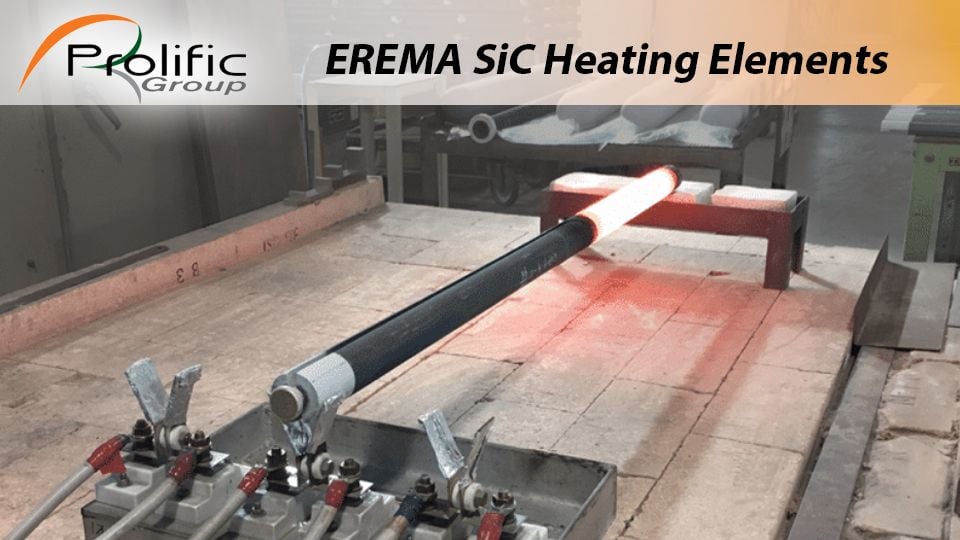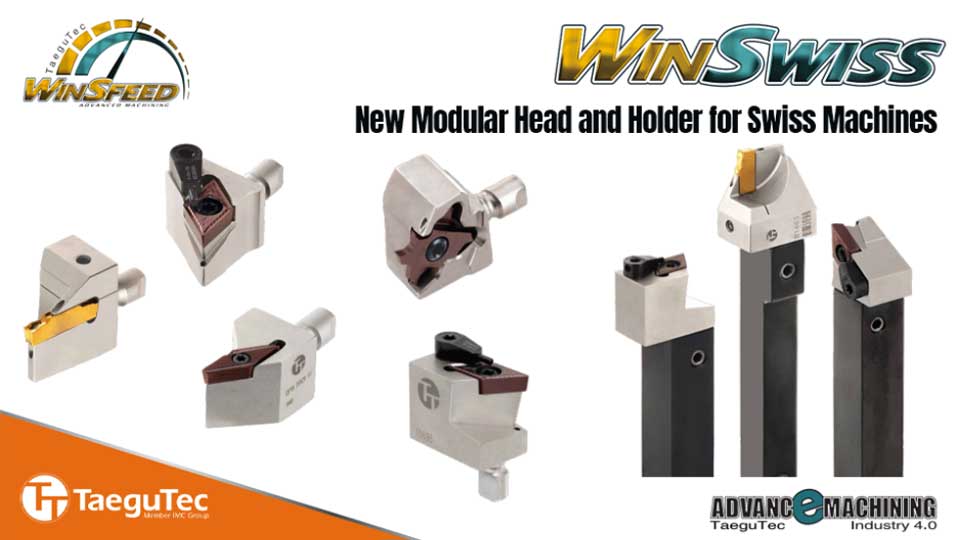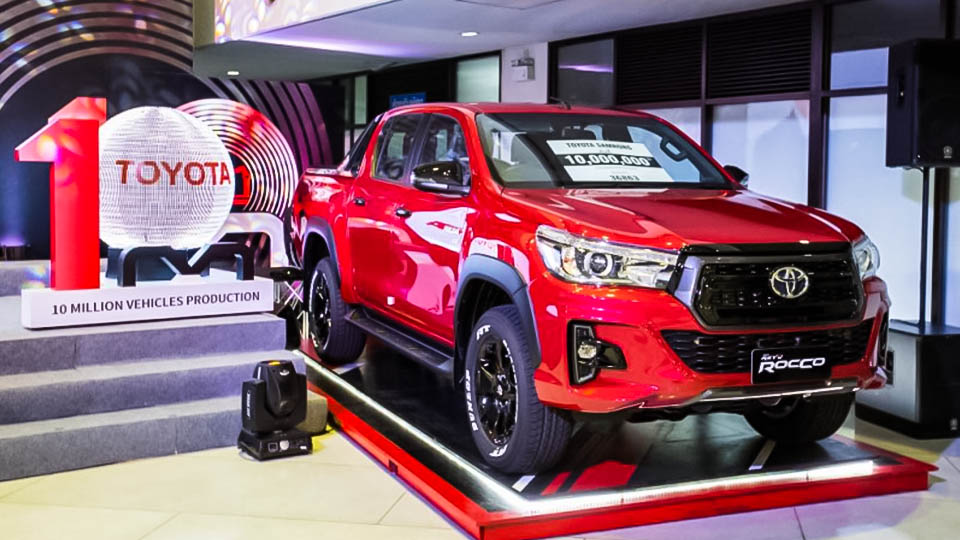
Six eras of Toyota’s path in Thailand
Established in 1962, Toyota Motor Thailand Co., Ltd. has been heavily committed to the inherited spirit of Toyota’s philosophy: “Be contributive to the development and wealth of the country by working together, regardless of position, in faithfully fulfilling your duties.” which has contributed to the company’s continuous advancement for over 56 years. Toyota has constantly emphasized the importance of substantial investments to foster steady business growth as seen in the successful establishment of three manufacturing plants, i.e. Samrong Manufacturing Plant in Samut Prakan Province, as well as Gateway Manufacturing Plant and Ban Pho Manufacturing Plant in Chachoengsao Province. The remarkable manufacturing milestone of 10 million vehicles in Thailand has been reached as well as another impressive legend of Toyota’s success.
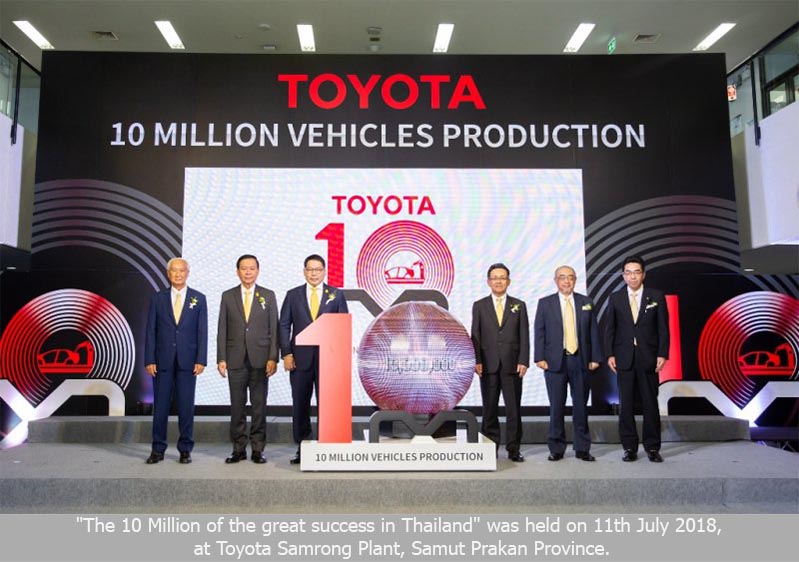
Under the world-acclaimed Toyota Production System (TPS). Nowadays, with as many as 14,500 employees, Toyota Motor Thailand achieves an annual production capacity of 750,000 units. The accumulated volume of 10 million vehicles, a total of 5.8 million cars are for domestic sales, while the other 4.2 million cars are for export, generating the total export value of over 2,589,000 million baht to Thailand. (From 1992 – May 2018)
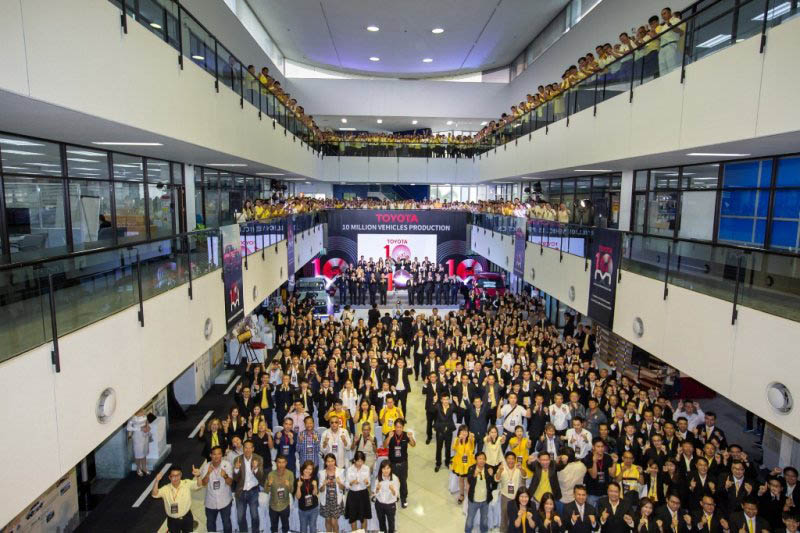
Toyota’s path of achievement in Thailand, divided into six eras
The 1st - Establishment Era (1962 - 1972)
“First Step of Togetherness with Thai People” During this period, the first automobile assembly plant was established in Samrong Nua Sub-district to produce Toyota DYNA JK 170 and Corona RT 40, followed by Hilux RN 10 and Corolla KE 20, with the use of up to 25% local content.

The 2nd - Development Era (1973 - 1982)
“Determination to Develop for Greater Trust” During which the company continually strived to expand its automobile production capacity through the establishment of the second automobile assembly plant in Samrong Tai Sub-district, Samut Prakarn Province. Here, Thailand saw for the first time the pioneering assembly technologies through the use of Swing Arm Auto Loading and CATION E.D.P. (Electro Deposit Painting) in Toyota’s advanced vehicle production line. In addition, Toyota accomplished the production milestone of 100,000 vehicles in 1980.
The 3rd era - Toyota’s New Era (1983 - 1992)
“Pursuit of Growth as Contributing to Thai Society” Reaffirming its leadership in automotive innovation, Toyota launched a joint venture to establish Siam Toyota Manufacturing Co., Ltd. to produce engines in order to support domestic economic expansion and export. Furthermore, a 16-valve twin-cam engine was debuted in “Corolla AE 92” for the first time in Thailand, making it possible for Toyota to accomplish the vehicle production of 500,000 units in 1992.
The 4th era - Motorization Era (1993 – 2002)
“Manufacturing Cars to Meet All Market Demands” Toyota founded a new assembly plant at Gateway Industrial Estate to produce passenger cars. In 1996, Toyota vehicles assembled in Thailand reached 1,000,000 units from the production of its three major plants. Toyota also introduced “Corolla Altis” that came with VVT-i technology as well as launching the very first “Toyota Soluna” of which Thai engineers took part in the development and which 70% local content was used to produce.
The 5th era - Environmental Innovation Era (2003 - 2012)
"Eco-friendly Technology, Integrating Responsibility for Society"Toyota is officially the first company that introduced full hybrid system which is the genuine eco-friendly technology to Thailand. Besides, Toyota Motor Thailand was among many other Toyota affiliates to be positioned as the key base of production and export of 1-ton pickups under IMV (Innovative International Multi-purpose Vehicle) Project. This project also contributed to the production of “Hilux” pickups and Toyota’s flagship SUV “Fortuner”. In 2007, Toyota Ban Pho Plant was established in Chachoengsao Province to serve the increasing production capacity in order to help fulfill domestic demands as well as export to over 120 countries around the world. The aforementioned advancement eventually resulted in Toyota’s striking success in reaching as many as 5 million vehicle production in 2010 within only half of the time spent to accomplish 1 million units in the past.
The 6th era - Sustainable Innovation Era (2013 - Present)
“Creation of ‘Ever-better’ Mobility Innovation for All”Toyota has debuted Yaris ATIV as the eco-car that seamlessly fulfills the needs of young generations, along with Toyota C-HR that comes with four Toyota’s world-class technologies, including the fourth generation of Toyota hybrid, Toyota New Global Architecture (TNGA), Toyota Safety Sense (TSS), and Toyota T-Connect Telematics


